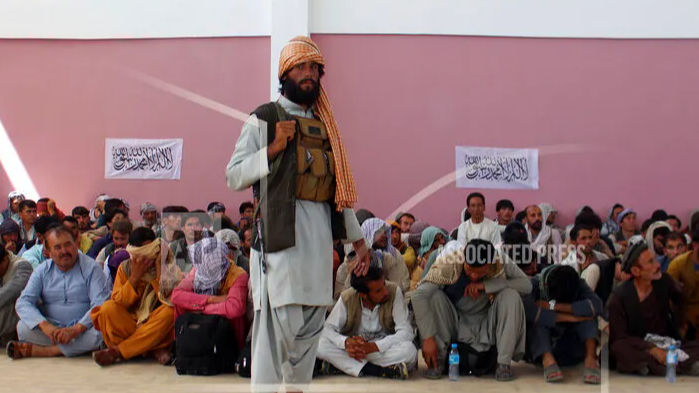The Taliban
took over Afghanistan on Sunday ending a two-decade-long effort by the United
States to install a civilian administration in the warn-torn country based on
modern ideals of liberty and democracy. The return to power of the Taliban in
Afghanistan has reignited fears of among Afghans about a return to the dark
days devoid of even the basics of civil liberties.
Also Read | ‘Curse Ghani and his gang’: Afghan President draws flak for fleeing Kabul
According
to the UN refugee agency, nearly 250,000 Afghans have already fled their homes
since end of May amid fears that the Taliban would reimpose their strict and ruthless
interpretation of Islam, almost completely elimination women’s rights, reports
the Associated Press. Of those fleeing, nearly 80% are women and children.
The
Taliban till 2001
The Taliban
ruled Afghanistan for five years till 2001 when the United States invaded the
country. The period was characterised by an overwhelming attack on women’s
rights with women losing the right to pursue an education, the right to work
and even the right to go outside their homes without a male companion.
Also Read | Worried about Afghan women, minorities and human rights advocates: Malala Yousafzai
The period
also saw ruthless punishments in the form of public executions. They would chop
off the hands of thieves and stone women accused of adultery. These punishments
were imposed in apparently strict interpretation of Sharia law. Men were
required to grow beards and women had to wear the all-covering burqa.
Also Read | How the Taliban seized, lost and regained Afghanistan
The Islamist
group also banned television, music and cinema. Among the many excesses of the
Taliban, one notorious example of 2001 stands out. That year, Taliban destroyed
the famous Bamiyan Buddha statues in central Afghanistan.
How the
Taliban was defeated
The world’s
attention to the Taliban was drawn in the wake of the attacks at New York’s World
Trade Center on 11 September, 2001. The Taliban was accused to have provided
sanctuary to the prime suspects of the terror attack including Osama Bin Laden.
On October
7, 2001, a United States-led military coalition invaded Afghanistan and within
two months brought down the Taliban regime.
Taliban
2.0: Is it going to be any different?
It is still
too early to say how Afghanistan is going to change under Taliban’s regime. While
there have been no confirmed reports of extreme measures taken by the
fundamentalist group in areas they took control on their way to Kabul, but the
militants were reported to have taken over some houses and set fire to at least
one school, according to the Associated Press.
A group of
people had taken shelter at a park in Kabul said that girls riding home on motorized
rickshaws in northern Takhar province were stopped and lashed for wearing “revealing
sandals”.
What’s
next for Afghanistan?
President
Asraf Ghani has fled the country and the control of Afghanistan now lies
completely at the hands of Taliban. The Taliban have already decided to rename
Afghanistan as the Islamic Emirate of Afghanistan. While the wheels of history
never turn back, what the Taliban does to a nation which was only beginning to
heal its wounds after years of war remains to be seen.







